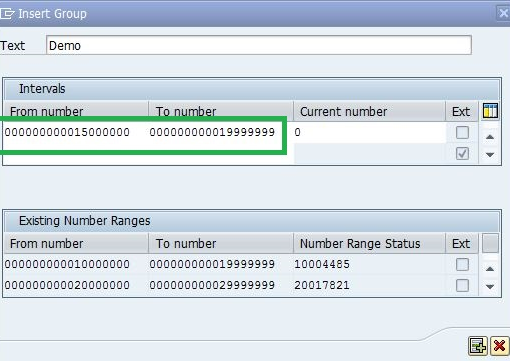Steps For Using Trx F103 and F104How should I use F103 and F104 transactions?
– F103: Posting of Receivables Transfer (Gross)
– F104 – Gross Reserve for Bad Debt
In response:
- Step 1: OB04 : You can define here the % of provision.
- Step 2: FS00: Creation of GL Accounts
- BAD DEBTS,PROV FOR BAD DEBTS-NORMAL ACCOUNTS(EXP & LIAB)
- BAD DEBT RECON Account AND RESERVE FOR BAD DEBT RECON ACCOUNTS (Both CUST Recon G067)
- Step 3: FD01 -Create customer
- Step 4: F-22 – Post INVOICES
- Step 5: OBXD – BAD DEBT TO PROV FOR BAD DEBT
- Step 6: OBXY – SDRS TO BAD DEBT RECON(In OBXY, Give alternative GL accounts for Spl GL Ind,&H0D
- “E” is SAP delivered Spl GL ind available for value adjustments)
- Step 7: F103 – DRS TO RECON
- Step 8: F104 – BD TO PROV BAD DEB
- Step 9: F-28 – BANK TO CUST (E -indicator)(RESIDUAL OR PARTIAL PAYMENT IN EACH INVOICE)
Observations:
Under the program, questionable receivables are moved to a unique G/L account. The necessary provisions for the transferred receivables are generated by a different application called SAPF104.
It scans all open items in a customer account, clears any items that have a balance greater than zero per invoice reference number and posts a new item with the designated special G/L indicator if the transfer posting deadline has passed. In order to lower the amount of provision previously made, it also posts a transfer for credit memos that were issued without an invoice reference to the account.
The transfer posting deadline that you specified in Customizing for Financial Accounting as months is transformed into a key date by the system.
Posts are grouped together in a batch.
Example 1:
A receivable of 100 USD (170 DEM) is due on 03/01/1993. You run this program on 10/01/93 using a provision method that has a transfer posting deadline of 6 months.
You specify special G/L indicator “E” and posting key “09” for the transfer posting. This receivable’s reconciliation account number is 140000. 140050 is the unique G/L account number.
Since the transfer posting deadline has passed and the amount owed is larger than zero, the receivable gets transferred.
A fresh receivable is posted to the client account using the unique G/L indicator “E” after the previous document has been cleared.
Example 2:
Account 140050 is debited $100 USD (170 DEM), while account 140000 is credited.
Example 2: Using the same customer account as the previous example, a credit memo for $100 USD is posted without an invoice reference.
When you rerun this application, it indicates that a 50 USD transfer posting is needed for another invoice.
Since the total amount of doubtful receivables that have already been posted and that still need to be posted (100 USD in example 1 and 50 USD in example 2) is larger than the credit memo amount, the credit memo for $100 USD is also transferred. When you run program SAPF104, the amount of posted provisions decreases as a result of the credit memo’s transfer of doubtful receivables.
YOU MAY BE INTERESTED IN
How to Debug any Work Item in SAP Workflow?





